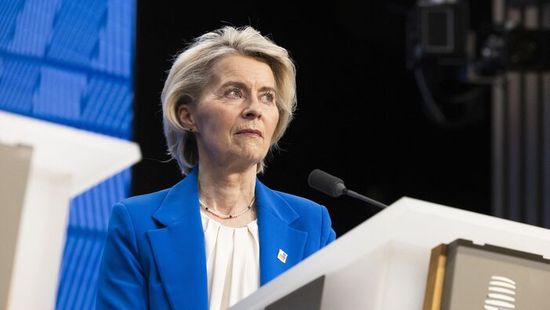There are roughly 90 round dances, including those from Moldva (a region of Romania outside Transylvania where a small ethnic Hungarian minority called the csángó lives). These count among Hungary’s oldest dances. Note, though, that recent Moldvan dances have a heavy Romanian influence, making it hard to distinguish Romanian from Hungarian dances there. These round dances are commonly held for urban dance house newbies, being easy to learn and fairly monotonous.
But the overwhelming majority of Hungarian folk dances are danced in pairs. Unlike many well-known folk dances elsewhere in Europe, the dances are not symmetrical. Dancers learn traditional roles with the girls and guys dancing different sets of steps. The guy is the sun, the girl is the moon, and the moon dances around the sun. Men lead (or at least they should lead) women, so women dance as their male partners direct them to dance. On the other hand, these dances also demonstrate that a guy can’t do much of anything without a girl. Without girls’ counterbalancing and their reciprocal holding and coupling and separation, there is no dance at all. If a guy leads clumsily, good luck finding a willing partner.
As lovely as the dances themselves are, the real beauty of the Hungarian dance house movement is in its preservation and creative perpetuation of cultural tradition. It’s not just a museum totem or a status symbol on a shelf, but a dynamic heritage, digested and expressed anew in a continual, magical regenerative process.
What’s interesting is that the dance house movement is a mostly urban phenomenon. That’s triggered a fashion cycle: the most popular dances are constantly changing (today the
gypsy dances of Szászcsávás are hot, for example). Week-long summer Hungarian folk dance camps have become a Transylvania mainstay. Whereas a villager once danced only the dances of his village, urban dance housers thirst to learn the dances of the entire Carpathian basin. Long gone are the days when the rural dance house was displaced by a disco, when isolated rural cadres maintained the flame of an art whose present popularity they could not have imagined. Now, in the greatest of ironies, villagers who had forgotten their own dances find themselves learning their own cultural traditions from urbanites, who, lacking dances of their own, preserved those of others and now share their common gift.


